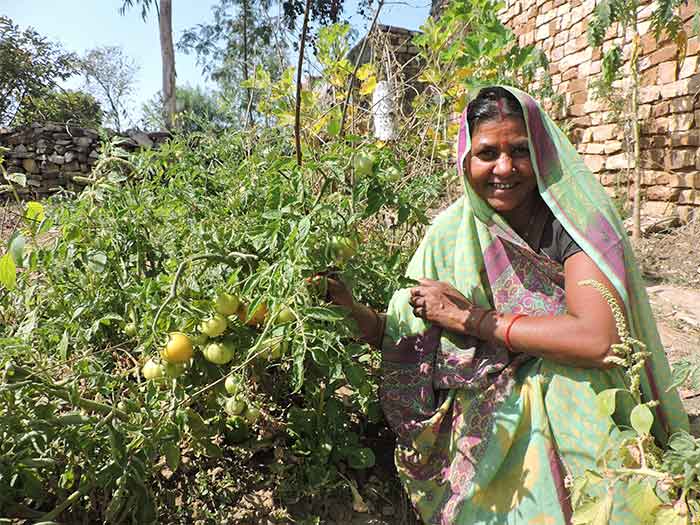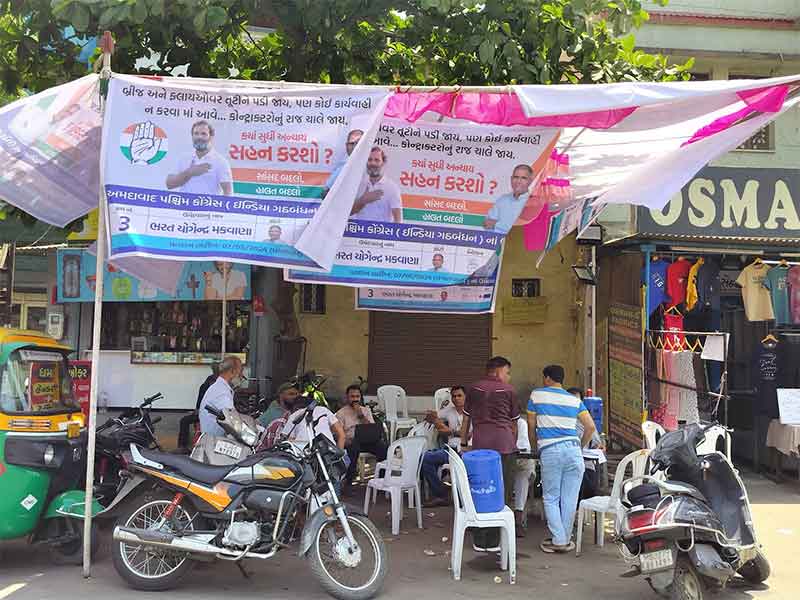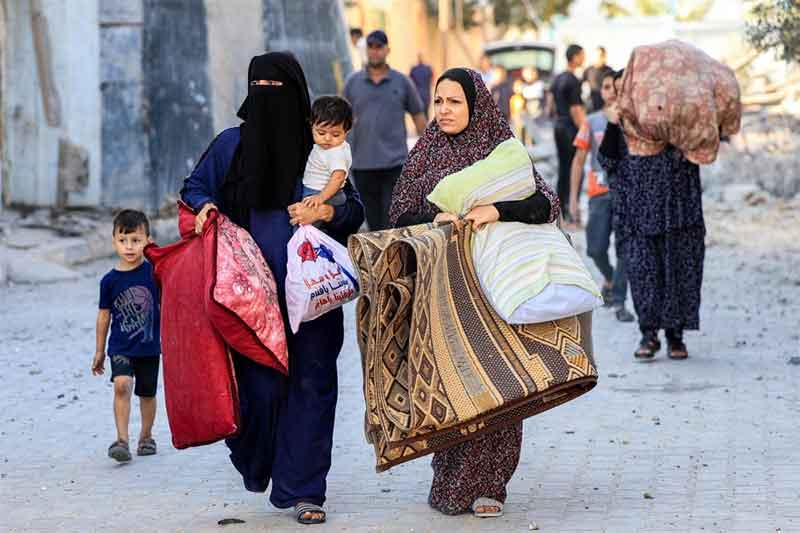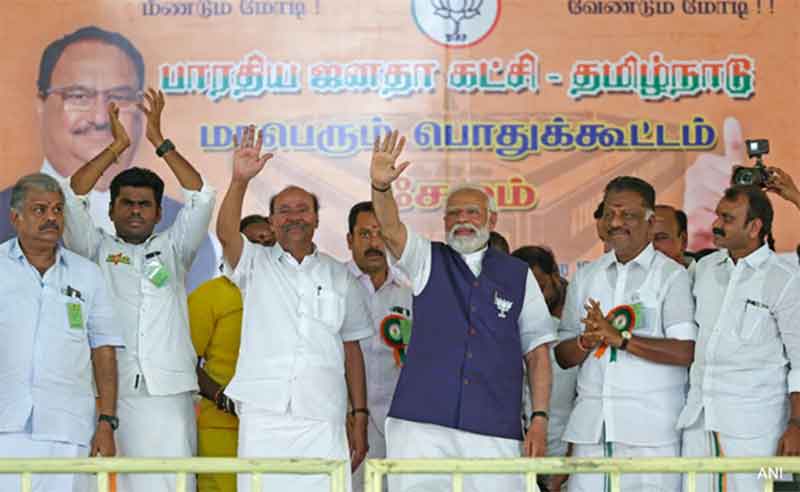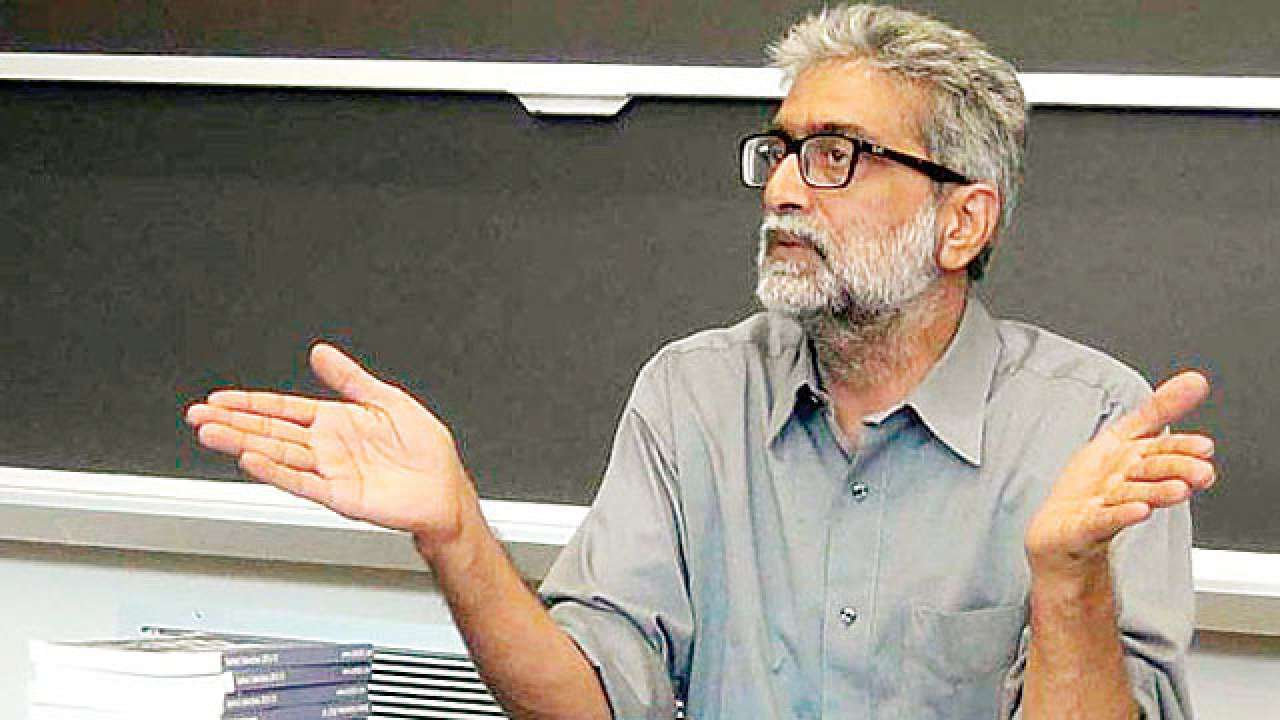
The unprecedented migrant-labor crisis in times of corona pandemic was in fact a ticking time-bomb that policy makers and development experts chose to overlook as India’s urban population grew to around 31% according to last held 2011 Census. World Bank’s estimates pitch these numbers to 34% in 2017, and predict that with this upward slope, above 50% of India will live in cities by 2050. These predictions however were made for an affluent India with an average 7-8% targeted growth rate per annum something that we witnessed before 2008 crisis and even after it until the 2014-15 drought.
These spiking urbanization estimates were based on the population explosion and growing rural-unemployment, as more and more youth were moving away from agriculture based activities in villages. Another push factor from villages to cities were the rates at which we were generating jobs before 2012, which were in tandem with the number of internal-migration taking place between and within states. To put it straight, before unemployment pegged to an all time high lately, with rural India being the worst hit, India was fairly able to generate jobs for non-agricultural laborers who flooded cities.
With the rising urban population due to internal-migration, labor-migration being one of them, India was able to absorb most of these workers in various industrial, manufacturing and service sectors and in other non-farm employment apart from the informal sector. But this is just one side of the growth story, as while we were happy utilizing our demographic dividend along with prosperous growth, the social and human impact of urban-growth was unfolding itself in forms of congested urban slums with poor healthcare and sanitation, low standards of living and an overbearing psychological stress with very poor quality of life. Where we failed, was in reading our economic growth along with social and civic aspects of life.
Had we asked our experts to handle economic growth with social development, the picture that we have of the urban India, unfolding in front of us today, with millions of migrants deserting cities just to themselves keep alive, would have been different. We simply refused to accommodate our social-scientists across disciplines in our policies as abundantly as we should have, and instead focused on one-way growth without acknowledging the obvious fall outs all along.
Most of our experts went on handling India with numbers and statistics, when our most brilliant universities were a repository of social scientists who had read India socially and knew what she needed for a holistic social progress and social security besides economic growth. As we see this crisis unfolding today, we again have been dealing with numbers, understanding labor-migration as over 100 million work-force in peril walking day and night back to places that they left in search of growth. According to 2017 Economic Survey’s estimate, India’s internal labor migration is around 20% and India’s urban population is around 34%. In nutshell, over 100 million workers were in service of around 277 million urban-dwellers, that is one worker for every third urbanite.
As all of them have been leaving our urban centres today, we need to question the rationale and humane cost of such a social structure? In short, when we are distressing over such a reverse-migration that can potentially take India years back on its growth trajectory, can we now care to ask, why did over a 100 million people leave their villages in the first place? The answer will be because we made our villages unsustainable for their livelihoods.
A simple answer, that all of them were looking for non-farm/non-agricultural jobs won’t suffice. Had we developed sustainable models for our villages, a large number of labor workforce could have been absorbed in and around their villages or district centres. The fashion in which we modelled our manufacturing/services and industries compulsorily required non-farm labor to migrate to such great distances. Majority of these manufacturing hubs were permitted to be established according to respective interests of the capitalists and other industrial giants with cheap labor, availability of resources etc.
In the name of developing our villages, we permitted industries in mining, roadways, that not only benefitted the affluent few but also weakened our villages, further pushing them into never ending cycles of fair compensation pursuits and Jan-aandolans because of forcible land-grabs. We uprooted our villages and minimally compensated them. As far as regular push and pull rural-urban factors are concerned, we again defend it through numbers by saying that with each expanding family the pressure on the size of the land-holding grows and hence moving to cities is their only option.
If we go by the data, by 2050 when more than 50% of India will live in cities, the rate at which India is urbanizing is still slow as compared to the world average, and it is estimated that along with her growing urban population, India will add another 400 million to its rural-population by 2050 as well. The need to refocus on villages hence arises here when we are seeing the migration disaster unfolding at a time when the world is fighting corona.
The current tragedy calls for a paradigm shift where along with our cities we focus on holistically developing our villages in a fashion that generates employment and growth in a sustainable way within villages. Our policies need to create opportunities within the villages for the sake of 400 million that will be added to the existing village population gradually. If we do not take any steps in that direction, then the rate at which people migrate to cities will rise uncontrollably, making life in our urban centres more challenging than it already is. Sustainable growth and development of our villages can start from some of the already existing models such as Cluster-Model-Villages, MP’s individually adopting villages, infused with employment generating policies exclusive for villages such as MNREGA. However, these are some of the pioneer initiatives that can lead the way for new sustainable models.
The idea of India Residing in Villages is here to stay for long. The terminologies for locating such an India will keep shifting from rural-rurban-urban. Because of the ongoing reverse-migration, we are already adding millions of unemployed workers back to our villages that shall further lead to a sharp spike in the rural-unemployment rate. We need to tackle this disaster within our village centres, and the first step we need to take is to cease considering Cities as our only engines of growth. Prosperity and growth in villages shall not only take the excessive pressure off our already suffocating cities, but will create a balance that will take our villages out of poverty and backwardness in the long run. Now is the time, when we innovate and develop new models for a sustainable village life, and immediately chip in our experts, academicians and bureaucrats to think and lead in this direction.
APJ Abdul Kalam in his Target 3-billion floated a similar idea under PURA-Providing Urban Amenities to Rural India in which he discussed how expanding economic opportunities to rural-India shall be beneficial for an overall sustainable growth. The tragedy of this on-going reverse migration has sent shockwaves within the labor-force who are surviving one day at a time in hope of finding their homes. The misplaced policies in this disaster has further added to their misery and what we witness every day is writing of a history that will not be kind to many of us who saw them fall into this pit and couldn’t do anything. It will hence take a long time for them to migrate again to cities. We cannot keep building our policies where we push them to urban-slums and then push them back to hunger and poverty awaiting them in their villages. Our governance needs to show them that their lives matter, and working towards their sustainable future in villages is first step in that direction.
Malvika Sharma is a PhD Research Fellow at Jawaharlal Nehru University, New Delhi. The views expressed are personal.
SIGN UP FOR COUNTERCURRENTS DAILY NEWS LETTER


















